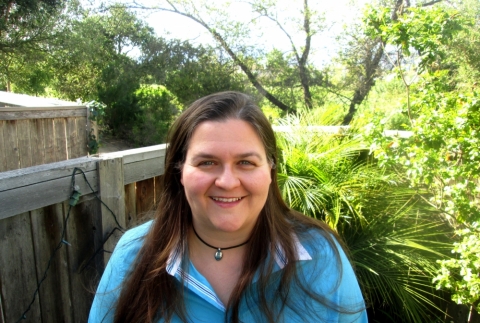
Date:
Location:
Speaker:
Abstract:
Mussels permanently adhere to surfaces through a circular plaque that is attached to the animal body via a long thin thread; forming a mushroom-shaped geometry. A plaque just a few millimeters in diameter with a 250-micron diameter thread can withstand large pull forces of a several Newtons without debonding. While the strength of individual chemical bonds plays a role in determining the adhesive strength, the contact mechanics associated with the mushroom shape is also critically important. In fact, numerous other organisms also use mushroom-shaped holdfasts to create strong bonds, suggesting the mushroom geometry is particularly effective for adhesion. To better understand the role of contact mechanics in determining the adhesive strength of mussels, we study the detachment of the mussel holdfast from glass using a custom built load frame. This device is capable of pulling on samples along any orientation and measuring the resulting force, while simultaneously imaging both the bulk deformation of the plaque and the debonding glass-plaque interface. Thus, we can measure the bond strength, observe debonding initiation, and relate the load force to the bulk deformation of the plaque. We find that the holdfast shape and plastic deformation of the structure can improve the bond strength by several orders of magnitude when compared to the strength of the bonds at the interface alone. These results show that by optimizing for contact mechanics, adhesive strength can be finely tuned without need for chemical modification at the interface, and suggests new avenues for adhesive structure design.



